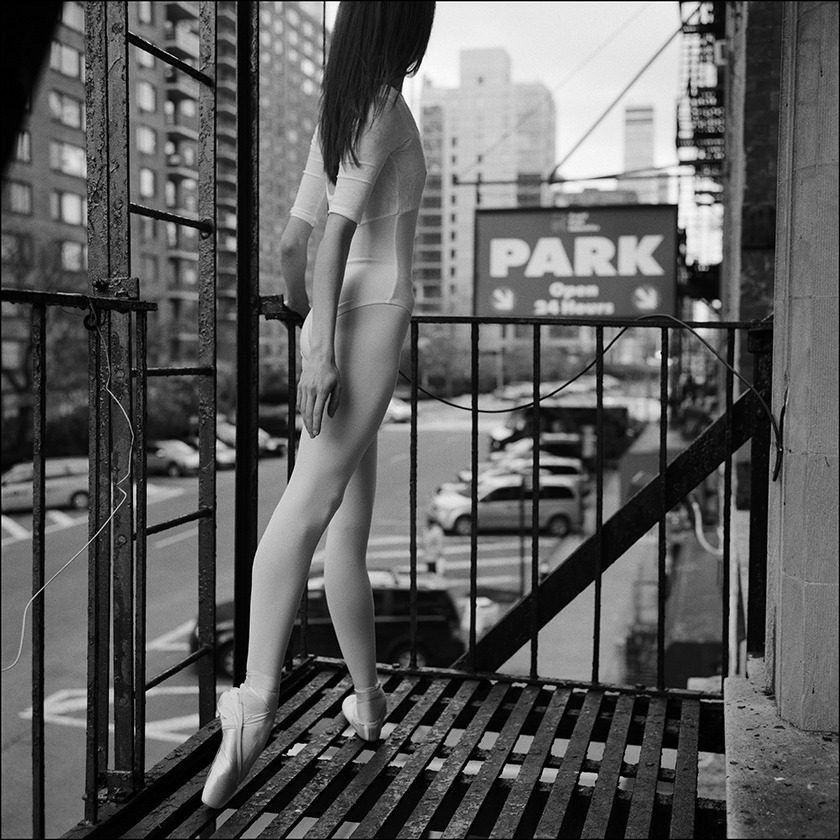中国原来是个钢铁稀少的国家
现在是 世界钢产量第一
原来 中国的住房基本不需 也没有 铁防盗窗 / 栏
现在 城市几乎 家家户户都有
原来 钢材 是不容易买到的, 需要硬指标
2015年全国钢材产量为112350万吨, 11亿吨/年
近几年 钢铁 几乎卖不出去, 许多钢厂 被迫关闭, 赔不起钱
甚至 连
白菜 和 大葱的价钱 也大大贵过了钢材
比如 普碳钢 2000元/吨, 一些特钢 3000~4000元/吨
大葱 一斤(0.5kg)10元,1吨2000斤 = 20000元
大蒜, 生姜 也是 高价

大约2~30年前, 钢价走俏
但
相当大的比重部分 用于建筑 民建 防盗门 防盗窗

有防盗门窗, 盗贼还是 魔高一丈, 入门爬窗行窃猛烈!



也许防盗是安全了些些, 但 隐患来了
万一失火, 无路可逃!

比如这个
铁栏杆 防盗窗 活活憋死烧死了这位30岁的青年人
详见:
http://www.wenxuecity.com/news/2016/04/16/5139121.html





===========
以下为 美国 纽约 的 防火梯

/cdn2.vox-cdn.com/uploads/chorus_image/image/47884047/Fire_20Escapes_20-_20Bob_20Estremera.0.jpg)
纽约楼房外的 消防火梯 // fire escapes
开始强制性实行于 19世纪中叶, 废止于1968年, 现在还可以看到许多老建筑上

One of the most memorable NYC fire escape appearances was in West Side Story.





消防员在 消防火梯上

brief history of the fire escape: They were first added to buildings in the mid-1800s, and became a refuge for residents crammed into tenement buildings, who would use the iron perches as a place to air out clothing and mattresses, escape crowded dwellings, andeven as beds in the summertime. But there have always been concerns about their safety and relative usefulness. From the Times:
Even then — to say nothing of now — fire professionals had their doubts about fire escapes. The National Fire Protection Association noted in 1914 that they were often hard to reach; poorly designed and badly maintained; lacking ladders or stairs from the ground to the second floor; and blocked by residents' possessions. (People often aired their mattresses and chilled their perishables there.)
When the NYC building code was updated in 1968, it banned fire escapes from new dwellings, preferring more modern safety methods like sprinkler systems and interior stairwells. And in recent years, they've begun disappearing from older buildings, too—in part, aswe reported in April, because of aesthetics, but also because of safety concerns. When older buildings are renovated, architects are choosing to replace the fire escapes altogether: In April, Joseph Pell Lombardi called them "a detriment to the building," in reference to two Soho buildings he's in the process of revamping.
===========
